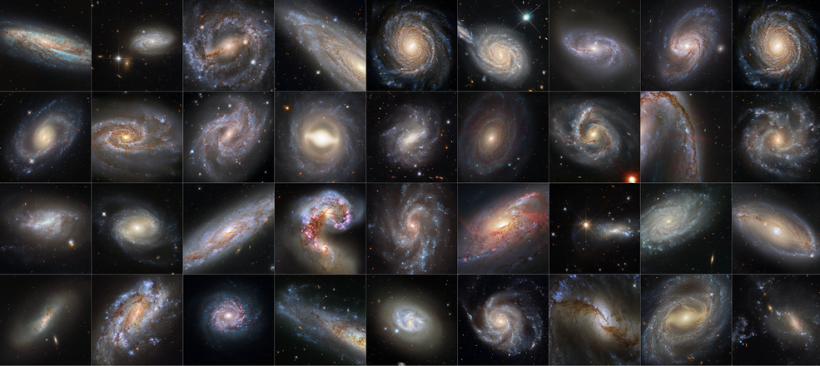The chemical trace of one of the first stars, which first arose when the cosmos was just 100 million years old and later exploded in a supernova, may have been discovered by astronomers.
These Population III stars of the first generation died in massive supernova explosions that seeded the cosmos with the chemical elements they had formed throughout their existence.
Comprehending how these first stars endowed the universe with heavy metals is crucial to understanding its development during its 13.7 billion-year existence since this material was absorbed in the subsequent generation of stars, planets, and even humankind.
Astronomers Found 'Super-Supernova' Remnant That Destroyed The Earliest Stars
Gemini North's initial measurements of the bright infrared glow of gas falling into the oldest supermassive black hole ever discovered were made in 2017 and 2019. Inverse said that the team of researchers led by Yuzuru Yoshii of the University of Tokyo then used an innovative technique to examine the old data from those years.
Although the swirling ring of gas encircling an active supermassive black hole is constantly visible and luminous, the objects that emit the most radiation are known as quasars. The quasar Yoshii and his colleagues observed that ULAS J1342+0928 is millions of times brighter than the entire galaxy.
Even by astronomical standards, this particular quasar is old. It's 13.1 billion light years away, according to a research released in 2020; therefore, scientists observed it as it appeared 700 million years after the Big Bang, 13.1 billion years ago. The second-oldest quasar that has been found thus far by astronomers is ULAS J1342+0928. The oldest is identified as P172+18.

This collection of 36 images from NASA's Hubble Space Telescope features galaxies that are all hosts to both Cepheid variables and supernovae. These two celestial phenomena are both crucial tools used by astronomers to determine astronomical distance, and have been used to refine our measurement of the Hubble constant, the expansion rate of the universe.
ALSO READ: NASA Hubble Space Telescope Finds Spiral Galaxy Showing Its Spiral Arms
How the Supernova Died
The remains may have been blasted from a pair-instability supernova, a particular kind of catastrophic star death that doesn't leave behind a superdense remnant like a black hole or neutron star. Each and every star component is expelled into space during a pair-instability supernova.
A star around 300 times the mass of the Sun that went supernova would generate the ratio of magnesium to iron which fits the elemental composition of the quasar's atmosphere, according to Yoshii (via press release).
In other words, the team argues that the peculiar heavy element combination of ULAS J1342+0928 is proof that the galactic center harbors relics of a Population III star.
Why Stars Died
As one looks further back in time, Gizmodo said that the prevalence of metal-rich stars decreased because the early cosmos was primarily made of lighter hydrogen and helium. When stars were born, they turned into factories for all heavier atoms, or what astronomers refer to as "metals."
Compared to the combination of the same elements in our Sun, ULAS J1342+0928 has nearly ten times more iron than magnesium, according to NOIRLab. In other words, the gas that was generated by the primordial furnace that created the quasar had a considerably different chemical composition than our comparatively young Sun.
The group is examining the gas in the quasar as it was 700 million years ago, when the cosmos was barely beginning. However, more recent observatories could be able to assist in the search for Population III star remnants and the appraisal of this far-off quasar. The debris from the oldest stars may have been thrown out and eventually clung to quasars like ULAS J1342+0928, according to those findings, which may shed light on what happened to it.
RELATED ARTICLE: NASA Hubble Space Telescope, Chandra X-Ray Witness Star Trying To Resurrect After Violent Explosion
Check out more news and information on Space in Science Times.














